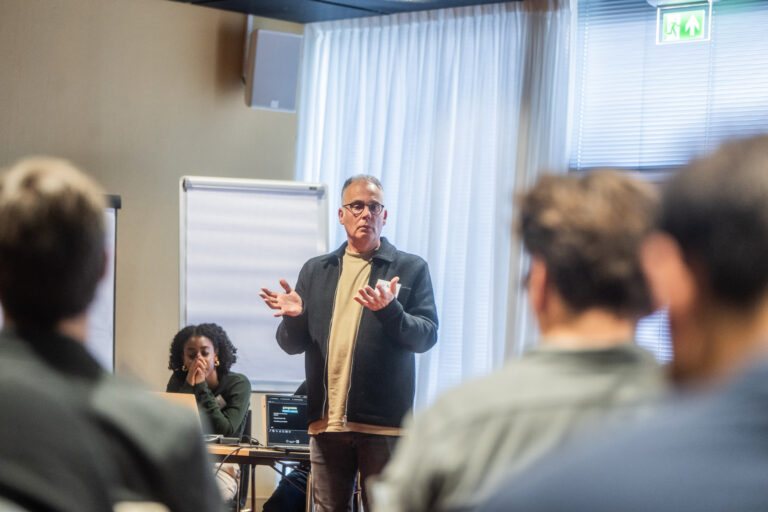Insights and Prototypes from the Project Metavenues Meeting
In early October, we held a two-day meeting with the partners of Project Metavenues, building on the brainstorming sessions from last spring.
During these spring sessions, we spoke separately with venue professionals, artists, and the public, which led to two central questions:
- Is it possible or necessary to create a platform or learning centre that enables venue professionals, artists, and the public to discover, experiment with, share knowledge about, and learn from each other regarding new technologies in the performing arts? This organization could coordinate collaborations where venues serve as experimental laboratories for testing innovative materials in continuous co-creation with artists.
- Should the value of immersive technologies and the metaverse lie in offering virtual shows, or in other services that the public might be willing to pay for, such as pre- and post-show experiences, exclusive previews, or masterclasses with artists?
On October 2nd and 3rd, we actively worked on these questions. The first day was opened by Jos Feijen, Director of De Effenaar in Eindhoven, who gave a presentation on their transition from a stand-alone live venue to a live venue combined with the use and application of immersive technologies. His presentation highlighted that while much experimentation is happening, a definitive concept is not yet available. These insights provided a valuable foundation for further discussions and brainstorming sessions.
At the end of the first day, there was widespread support for the idea of a platform for further experimentation by artists and venue professionals. Such a platform could best be described as a ‘living lab’, partially live and partially in the metaverse, with opportunities for learning, practising, masterclasses, and networking.
The second day began with Maud Clavier, former Managing Director of VRrOOm, a pioneer in organizing social events and shows in virtual reality environments. She openly shared her insights and experiences regarding the opportunities and challenges in developing digital shows and events, which prompted deep questions from the participants.
Participants then broke into groups to explore potential business models. Many hybrid proposals emerged, utilizing both live and digital elements, such as the use of spatial audio and providing VR experiences for live shows for people who cannot be physically present.
In summary, these were two very inspiring days. The outcomes will be carried forward to the next phase, where we will test two prototypes in response to the questions formulated.



